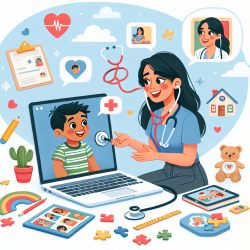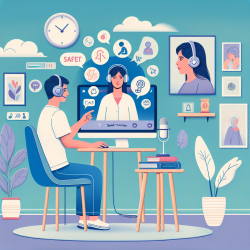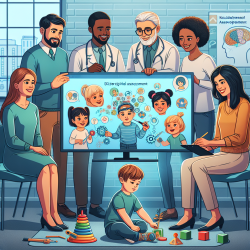Getting Ready for Your Student’s Individual Educational Plan (IEP) Meeting in Florida
Every student with a disability who is eligible for exceptional student education (ESE) services will have an Individual Educational Plan (IEP). An IEP is a comprehensive written plan for the special education of a student with a disability, essentially serving as a roadmap to guide their educational journey. The IEP outlines the student's current abilities, learning needs, and the support they will receive to achieve their educational goals. As a parent or guardian, you play a crucial role in the IEP team and process.
Understanding the IEP Team
The IEP is developed by a team of individuals who are committed to the student’s educational success. The team typically includes:
- You, the parents or legal guardian
- Your student
- At least one ESE teacher who provides, or may provide, services to your student
- Your student’s general education teacher
- An individual who can interpret the student’s evaluations
- A representative from the school district familiar with special education resources
- Any additional individuals invited by you or the school
You may excuse a team member from the meeting in writing if their area of expertise is not being discussed or if they have already provided input for the IEP development.
Preparing for the IEP Meeting
As you prepare for the IEP meeting, consider the following steps to ensure effective participation:
- Reflect on your student’s future goals and make a list of their strengths, interests, and areas for growth.
- Review your student’s school records and evaluations thoroughly. Notify the school if you need any accommodations such as a translator.
- Invite a friend, another parent, or an advocate to accompany you to the meeting if you wish. Inform the school of any additional attendees.
Participating in the IEP Meeting
During the meeting, your insights and perspectives are invaluable. Be prepared to:
- Share your vision for your student’s education and future.
- Discuss your student’s abilities and the support they require.
- Provide feedback on past services and their effectiveness.
- Engage actively by listening, asking questions, and maintaining a positive attitude.
At the conclusion of the meeting, review the proposed IEP. If you believe further discussion is necessary, request another meeting. Once finalized, you will receive a copy of the IEP for your records.
Key Components of the IEP
Ensure the IEP includes the following elements:
- Current knowledge and abilities of your student
- Areas requiring support and the impact of the disability on school success
- Educational objectives for the school year
- Details of special education services, supports, and any necessary accommodations or modifications
- Information on any instruction outside the regular classroom
- Methods for measuring your student’s progress
- For students aged 14 and above, identification of transition services needed for graduation
- Post-secondary goals for students aged 16 and older
After the IEP Meeting
Once the IEP is completed, you will be asked to provide written consent for ESE services. Upon consent, the school will implement the IEP. Regularly review your student’s progress, maintain communication with teachers, and visit the classroom when possible.
The IEP must be reviewed and updated annually, though you can request a meeting at any time if you believe changes are necessary. If disagreements arise, several resolution options are available, including scheduling another IEP meeting, mediation, filing a state complaint, or requesting a due process hearing.
For more information, please follow this link.










